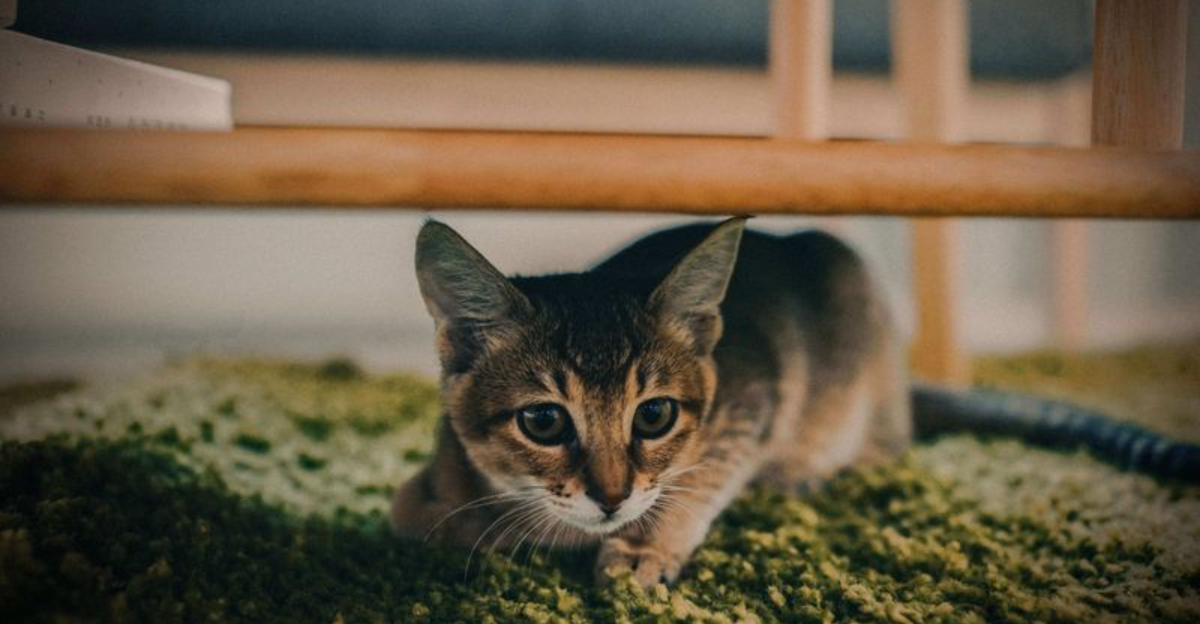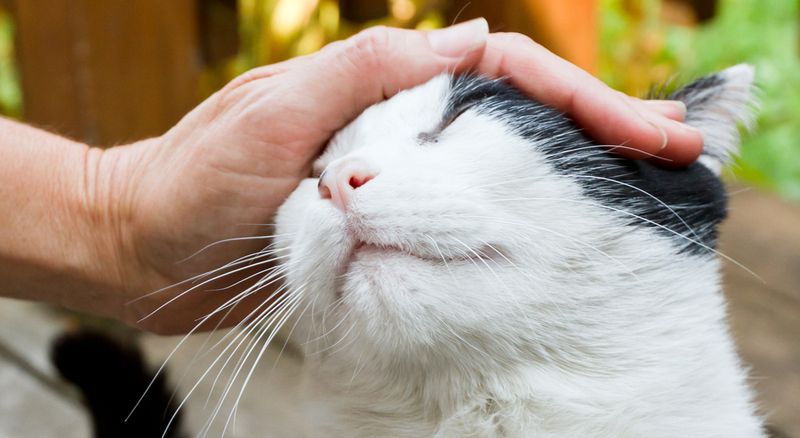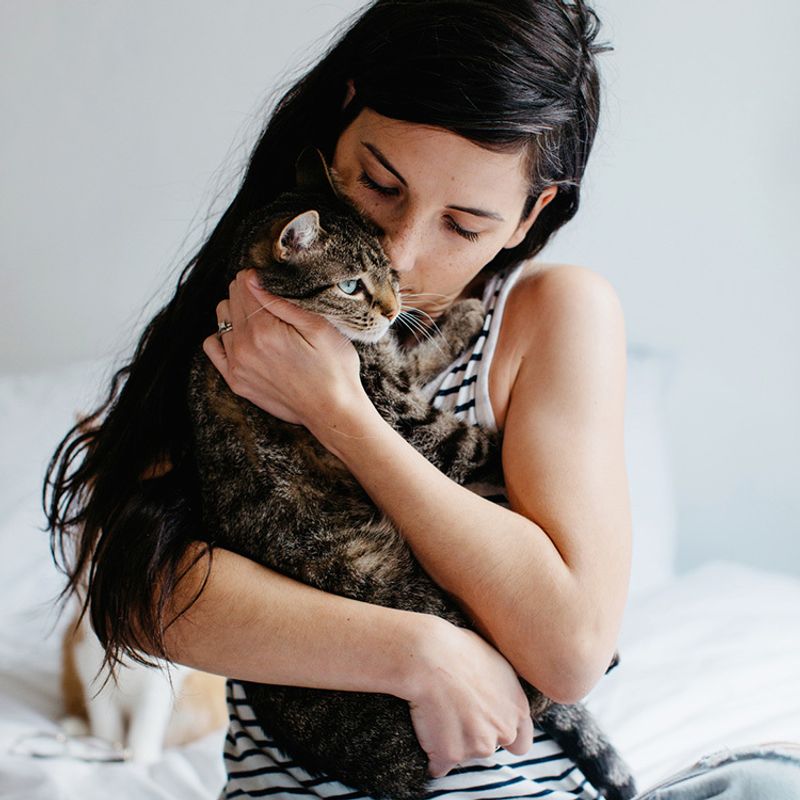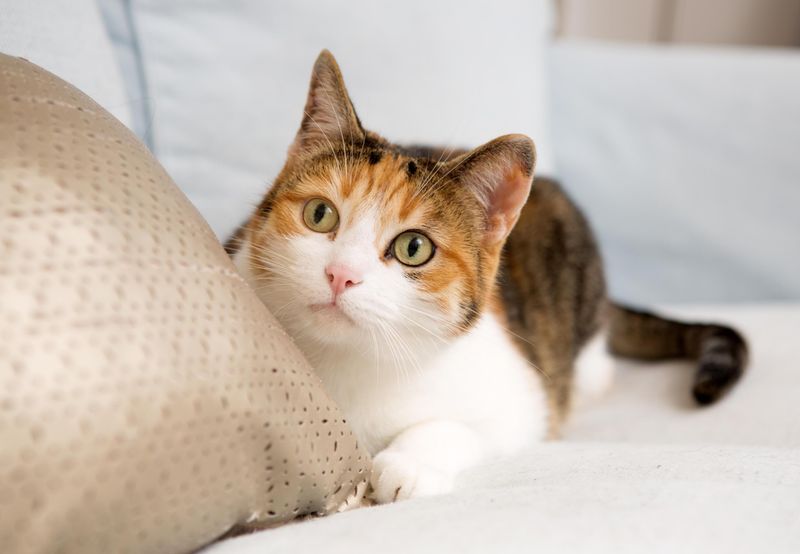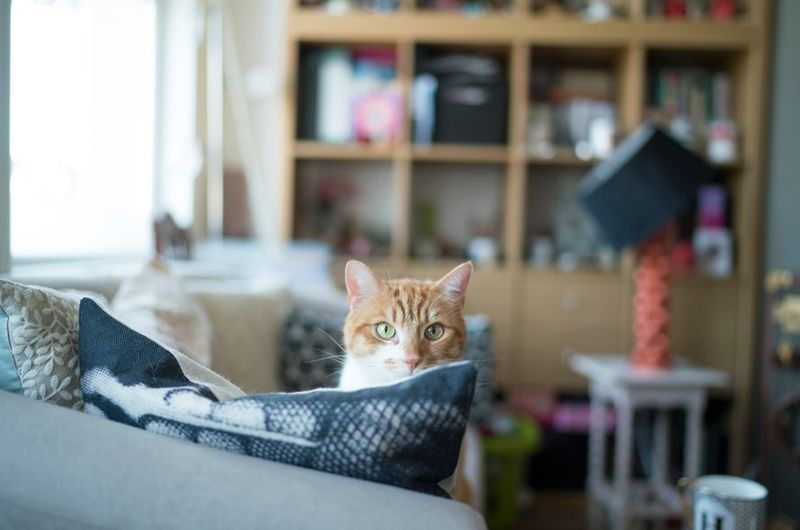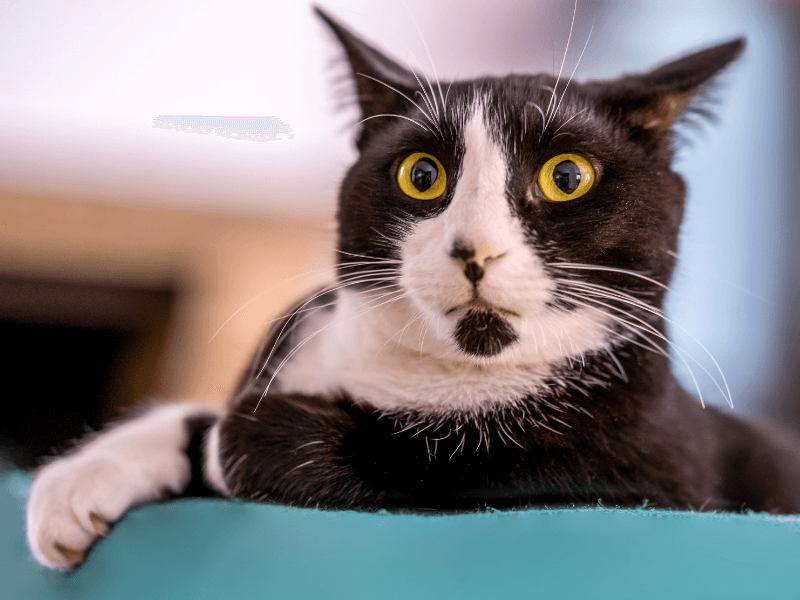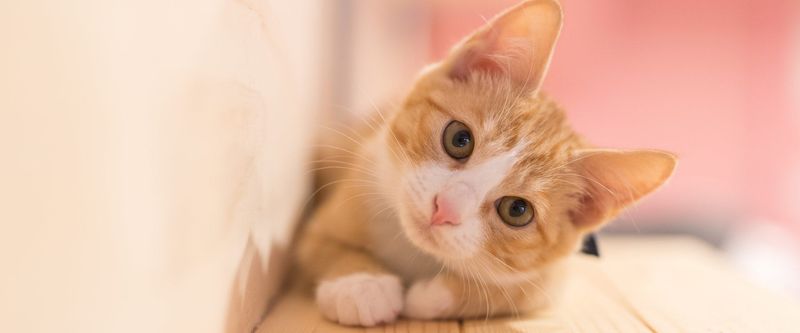📖 Table of Content:
While they may curl up in your lap one moment and dart under the bed the next, one subtle yet significant behavior that often puzzles cat owners is their tendency to avoid eye contact—especially during moments when they seem vulnerable. Unlike dogs, who may gaze into their owner’s eyes for reassurance, cats often turn their gaze away, leaving us wondering what’s going through their minds.
This seemingly evasive behavior isn’t random. In fact, it’s deeply rooted in feline psychology and survival instincts. Cats are both predators and prey in the wild, and their body language has evolved to navigate complex social and environmental dynamics. Avoiding direct eye contact can be a powerful form of nonverbal communication, helping them express submission, fear, or uncertainty without making a sound.
Understanding why cats avoid eye contact—especially when they’re sick, stressed, or insecure—can help us form stronger, more empathetic bonds with our feline companions. In this article, we’ll explore eight insightful reasons behind this behavior, giving you a deeper look into your cat’s world and offering guidance on how to respond with patience and care.
1. Instinctual Defense Mechanism
When cats feel threatened, they may avoid direct eye contact. This behavior stems from instinctual defense mechanisms. In the wild, predators perceive direct eye contact as a challenge, so cats steer clear of it. This helps them appear less threatening and avoid confrontation. In vulnerable moments, like when they’re injured or hiding, this instinct kicks in even more strongly. It’s their way of saying, “I’m not a threat.” A fascinating aspect of feline behavior, it signals their desire to stay safe and unnoticed.
2. Sign of Submission
A cat’s body language speaks volumes, especially in moments of submission. When a cat avoids eye contact, it might be expressing submission. This gesture tells others they pose no threat. Around more dominant animals, humans, or unfamiliar surroundings, this behavior becomes more evident. By lowering their gaze, cats communicate peace. Their subtle cues help them navigate social hierarchies without confrontation. Interestingly, this behavior can also be observed in domestic settings, where cats live with other pets or unfamiliar guests. It’s their way of maintaining harmony.
3. Fear or Anxiety
Cats, much like humans, experience fear and anxiety. When they feel anxious, they may avoid eye contact. The act of looking away helps them manage their stress. This behavior is particularly noticeable during vet visits or when strangers are around. In such scenarios, their gaze aversion helps them cope with the stressors. It’s their unique way of saying they need space. Averting their eyes allows them to process the environment without feeling overwhelmed. An insightful glimpse into how cats handle uneasy situations.
4. Desire for Solitude
In moments of vulnerability, cats often seek solitude. Avoiding eye contact aids in establishing an emotional barrier, signaling their need for isolation. When overwhelmed, either physically or emotionally, this behavior becomes more pronounced. It’s not just about being alone; it’s about preserving their sense of safety and comfort. The quiet corners of a room become their sanctuary, where they can recharge without disturbance. An intriguing part of cat behavior that emphasizes their need for independent coping mechanisms.
5. Avoiding Conflict
Cats are peace-loving creatures, often avoiding eye contact to steer clear of conflict. In multi-pet households or around strangers, they may avert their gaze to de-escalate potential tensions. This behavior is especially common if they feel they can’t defend themselves. By not locking eyes, they prevent misunderstandings that could lead to aggression. It’s an understated, yet effective way to keep peace. Their gentle nature shines through this action, displaying a preference for harmony over hostility, even in challenging environments.
6. Feeling Overwhelmed
In bustling or noisy environments, cats can easily become overwhelmed. When this happens, they might avoid eye contact as a coping mechanism. This gaze aversion helps them manage sensory overload, allowing them to calm down. It’s a subtle signal of their need to retreat from chaos. Understanding this behavior can help cat owners create more cat-friendly spaces. Providing quiet areas can be beneficial. This avoidance isn’t just withdrawal; it’s a strategic retreat to maintain mental well-being in stressful situations.
7. Lack of Trust in the Moment
Even with trusted humans, cats may occasionally avoid eye contact. This behavior indicates a lack of trust in the moment, usually when they feel unwell or frightened. Their usual bonding behaviors take a back seat to self-preservation instincts. It’s a temporary withdrawal that signifies their need for reassurance. Recognizing this can help foster a supportive environment. By respecting their space, trust can gradually be rebuilt, leading to healthier interactions. This dynamic showcases the complex balance between feline independence and their need for human connection.
8. Reading the Room
Cats are master observers, often reading the room without making direct eye contact. This strategic behavior helps them assess situations from a distance. When feeling vulnerable, they prefer to gauge their surroundings unnoticed. This ability to remain peripheral yet attentive is a testament to their adaptability. By staying on the sidelines, they can evaluate threats while maintaining a sense of security. It’s a fascinating aspect of their survival skills, highlighting their intelligence and keen perception. Such behavior ensures they remain in control, even when not at the center of attention.
